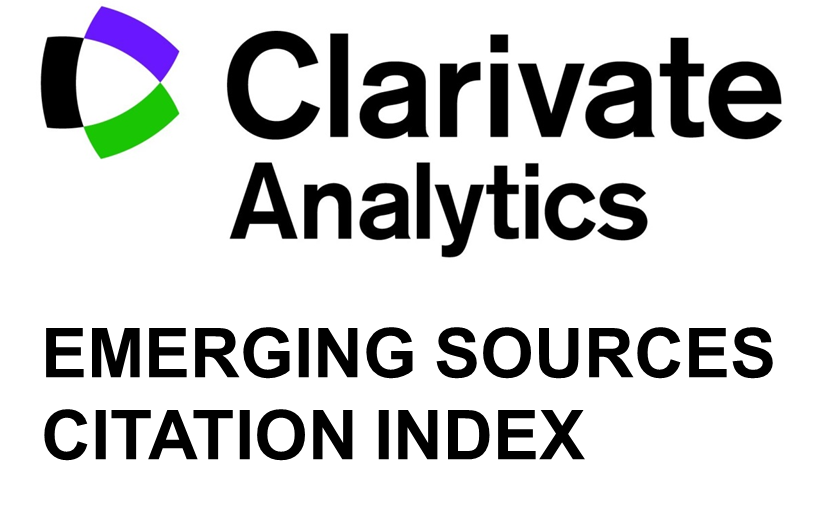UDK 612.67:612.79-055.1
doi: 10.15507/0236-2910.026.201601.082-089
STUDING PATHOPHYSIOLOGICAL FEATURES OF SKIN AGING IN MEN THROUGH USING THE CUTOMETER AND ULTRASOUND
Dmitriy Alamankin (postgraduate student of Pathology with the course of Pathological Physiology chair, Мedical Institute, Ogarev Mordovia State University (68, Bolshevistskaya St., Saransk, Russia), ORCID: http://orcid.org/0000-0003-1833-0828, This email address is being protected from spambots. You need JavaScript enabled to view it.)
Nadezhda Plotnikova (head of Pathology with the course of Pathological Physiology chair, Мedical Institute, Ogarev Mordovia State University (68, Bolshevistskaya St., Saransk, Russia), Dr.Sci. (Medicine), professor, This email address is being protected from spambots. You need JavaScript enabled to view it.)
The goal of the study is to examine the pathomorphological and pathophysiological features of skin aging in men of different ages through determining the overall elasticity (R2) and thickness of the epidermis and dermis.
Materials and Methods The study involved 150 men volunteers, who were divided into six age groups. The object of studying was age-related skin changes in the selected regions: forehead, temporal region, nasolabial region. The apparatus Cutometer® 580 MPA was used to determine the overall elasticity (R2); the average thickness of epidermis and dermis was measured using the “Dermascan C”.
Results The maximum loss of total elasticity in the forehead is at the age of 26 to 30 years and is 12,41 % and after 60 years – 20,18 %. In the temporal region a large loss of elasticity occurs at the age of 31–40 years and after the age of 60 (7,33 % and 19,56 % respectively) More pronounced loss of elasticity in the nasolabial region in the age of 51–60 years and after 60 years, and is 22,52 % and 31,63 %. The most significant involutional processes in the epidermis occur in the age group of 31–40 (18,31 % in the forehead, 16,02 % in the temporal region and 8,11 % in a nasolabial region). Thinning of the dermis in the forehead starts earlier than in the other studied regions and is 0,34% in the age group of 26–30 years.
Discussion and Conclusions 1) The elasticity of the skin in the nasolabial region is higher than in the forehead and temples. 2) The greatest thickness of the epidermis and dermis in men is celebrated in the forehead. Involutional processes in this area range from 26 years. 3) The use of the device Cutometer® MPA 580 and the “Dermascan C” allows us to estimate some key parameters of skin aging (elasticity and total average thickness of the epidermis and dermis); the said parameters can be used for diagnozing and evaluating the effectiveness of the skin aging treatment.
Keywords: skin aging, pathophysiology of aging skin, diagnosis of skin aging, cutometre, ultrasound
For citation: Alamankin DS, Plotnikova NA. Studing pathophysiological features of skin aging in men through using the cutometer and ultrasound. Vestnik Mordovskogo universiteta = Mordovia University Bulletin. 2016; 1(26):82-89. doi: 10.15507/0236-2910.026.201601.082-089

This work is licensed under a Creative Commons Attribution 4.0 License.

















